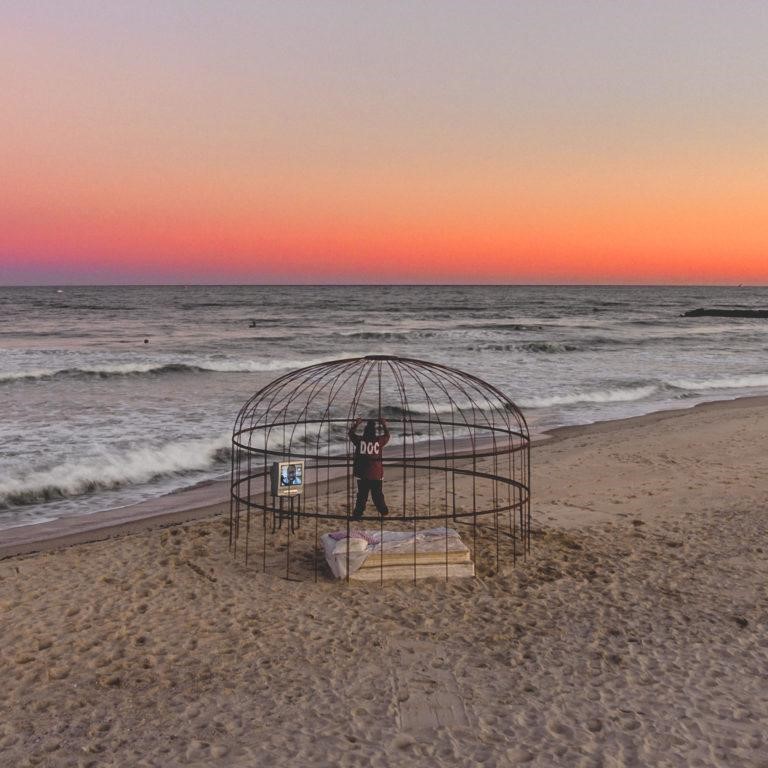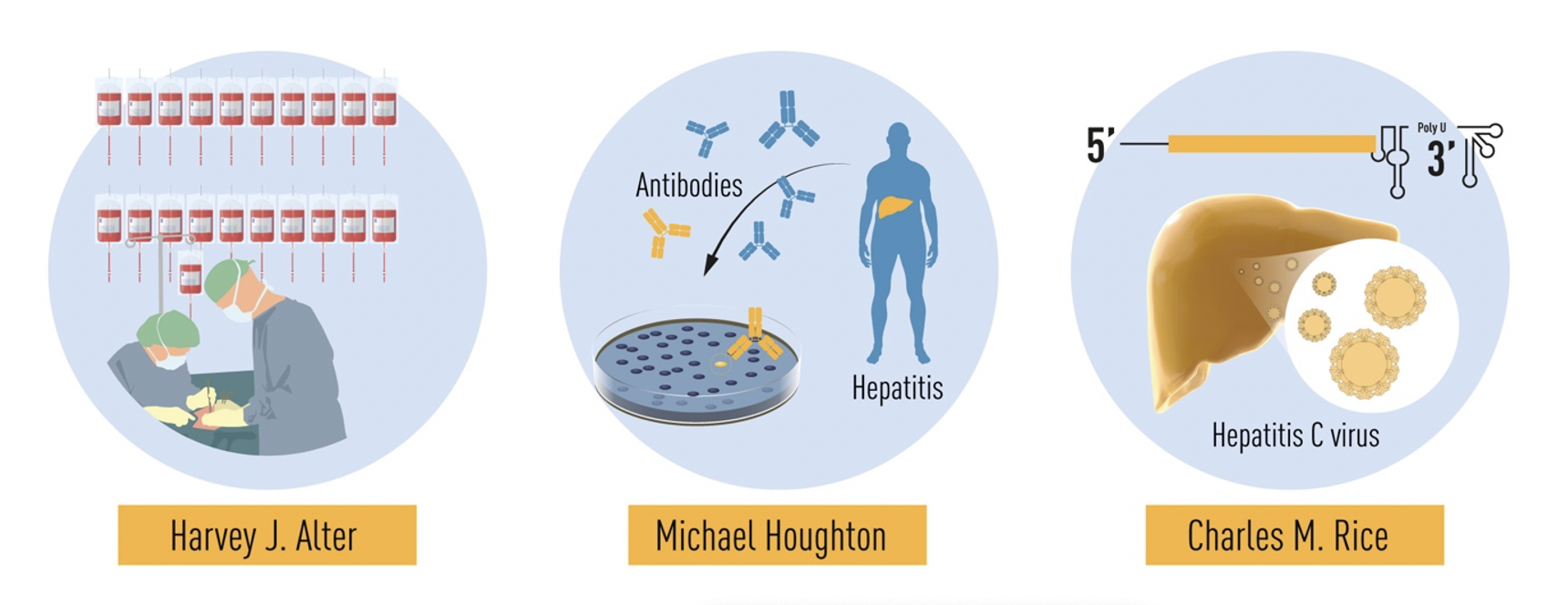Have you? What about SpaceX? Tesla Motors, SolarCity? Or maybe PayPal? That last one has to be familiar. Elon Musk was key to its inception, and PayPal itself was a building block leading to the inception and success of the other three companies.
In 1995, Elon Musk enrolled in a PhD program at Stanford University, studying high density capacitors as an energy storage solution potentially more efficient than batteries. Originally from South Africa, he saw Silicon Valley as the Promised Land and transferred to a US university after immigrating to Canada. How did he make the decision to enter such a program? Quite differently from most of us in university, as it turns out.
Instead of determining what it was that would make you happy, or fulfill you, or even make you financially stable in the future, what if you narrowed down your goals based on what you thought would most affect the future of the human race? What about the potential reprogramming of the human genetic code, artificial intelligence, space exploration and settling, the internet, and sustainable energy?
That was his list, and the last one had lead him to the PhD program. Two days in, he ditched it. It was 1995, after all, and with the internet blowing up the way it was, he couldn’t be left behind. He wasn’t.
After starting Zip2 with his brother, an early company taking a shot at replacing the Yellow Pages, and selling it for $307 million, he took some of his share and tried to start an online bank. This was an insane notion in 1999, but their money transfer service was in demand. They teamed up with another money transfer company in the same building and formed PayPal. Despite turmoil within company management, he walked away with $180 million when it was sold to eBay in 2002.
Even before the sale, he had been thinking about rockets. After it, he started SpaceX, with the intention of reducing the cost of space travel to the point where humans could become a multi-planetary species. Two years later he started Tesla, despite the fact that SpaceX had yet to successfully launch a rocket. Today these two projects are his major claim to fame, and his major contributions to humanity.
Tesla is an electric car company, intending to accelerate our collective progression to a sustainable future. He personally funded both of these companies.
He also eventually funded a start-up with his cousins, SolarCity, which aims to install solar panels on the homes of millions, reducing their draw from the mostly fossil-fuel powered grid, and ultimately increasing the adoption of sustainable energy.
Things weren’t awesome right away, however. SpaceX had built three rockets by 2008, but they had all exploded prior to reaching orbit. They had the money for a fourth and final, with the entire company depending on its success.
Slightly more than a month ago, SpaceX launched a rocket delivering 11 satellites into orbit, which then returned through Earth’s atmosphere to Cape Canaveral where it successfully landed – a historic first.
Every launch since those first 3 has been successful, and this landing, doubly so. This is a major step towards making space travel affordable. Though the rockets can’t be directly reused, all of their components are returned to earth intact, and can be recycled for the next build. It is estimated to reduce the cost of space travel by a factor of 100.
Alongside this, despite the predictions of failure by just about everyone following the stock market downturn, the Tesla Roadster was a resounding success, and received the highest ever safety rating from the NHSA- a 5.4/5.
Tesla is currently building a lithium-ion battery factory in Nevada that should double the total annual GLOBAL production.
SolarCity is the largest solar panel installer in the US.
The Tesla Model 3 is slated to appear at the Geneva Motor Show in March this year.
But despite his astounding successes in every venture he’s attempted, Elon Musk doesn’t like it when people talk about Elon Musk. His big concerns are the future of our planet and humanity, and he’s trying to encourage discussion of sustainable technologies and energy; as well as space travel and colonization.
Have you ever heard of the Fermi Paradox? It’s a little bit terrifying if you sit back and contemplate it a few drinks in.
On the clearest nights out on the dykes, when the lights of Wolfvegas are dim in the distance, you can look up and see just about 1% of our Milky Way galaxy, with your eyes unaided.
Beyond what you can see, there are stars upon stars and galaxies upon galaxies. An unfathomable number. Somewhere between 1022 and 1024 stars. Are 5% sun-like, capable of supporting life similar to ours? And, maybe say, 22% of those are orbited by an earth-like planet? That leaves us with a potential 100 earth-like planets for each and every grain of sand on our Earth.
The Fermi Paradox is this – where is everyone?
If 1% of 1% of those planets develop life that evolves to our level of intelligence, we share the universe with 10 million billion intelligently inhabited planets. In the Milky Way, we should have 100 000 neighbors.
The Search for Extra-Terrestrial Life (SETI) has yet to find any evidence of life beyond the blue dot we have inhabited for the past million years.
So which is scarier – are we surrounded by life we cannot or have not detected, or we are absolutely alone in a universe that is absolutely unfathomably enormous?
If life is that rare, then it is more precious than we have ever realized, and colonizing other planets is a necessity to ensure the continuation of our species. I bet that was never a daily worry of yours!
The intention of SpaceX’s foray into affordable space travel is to lead to the colonization of Mars with a million people in the next 100 years. This rocket has been step one.





